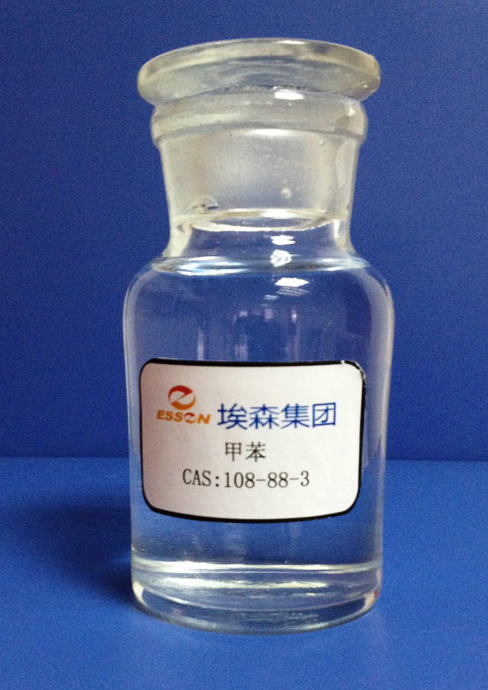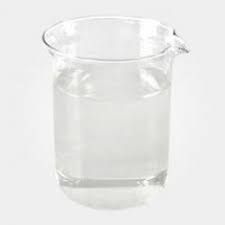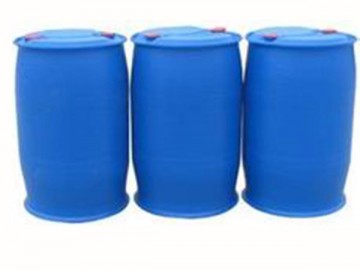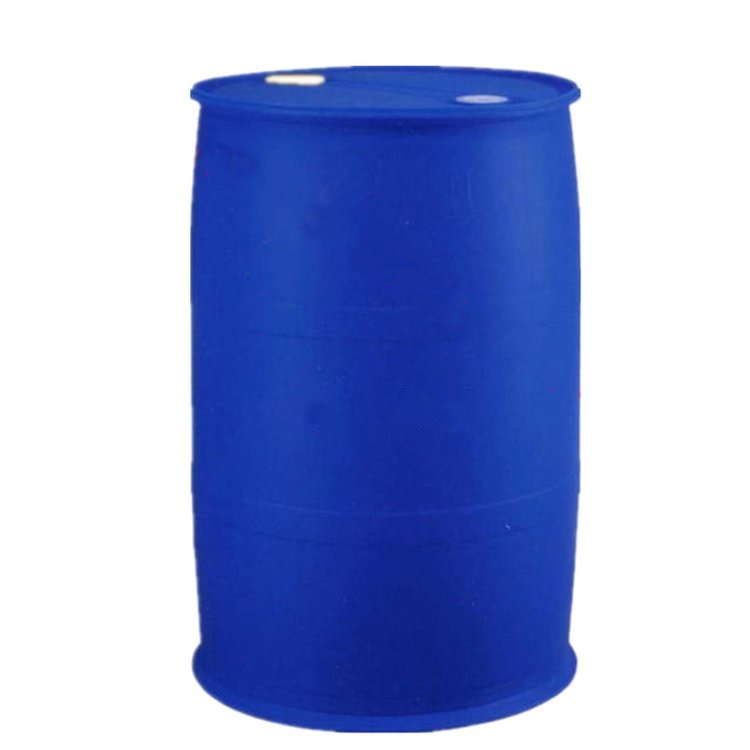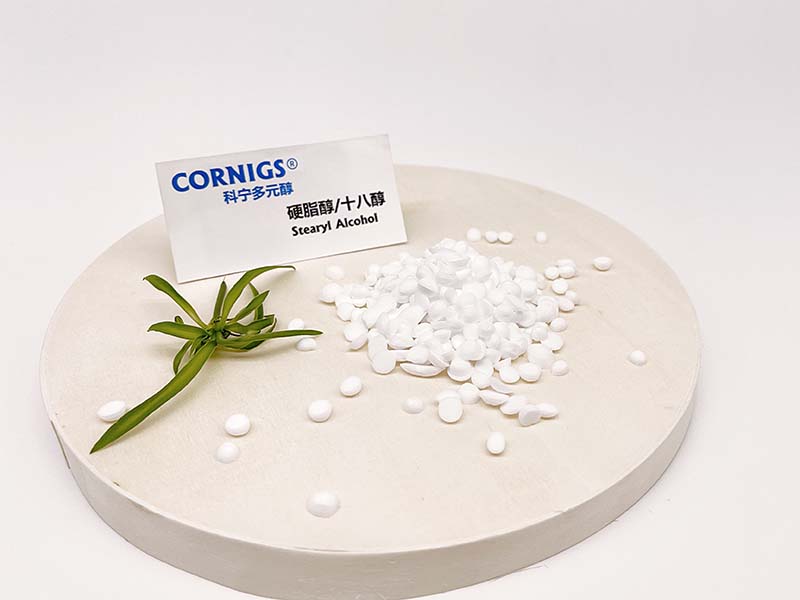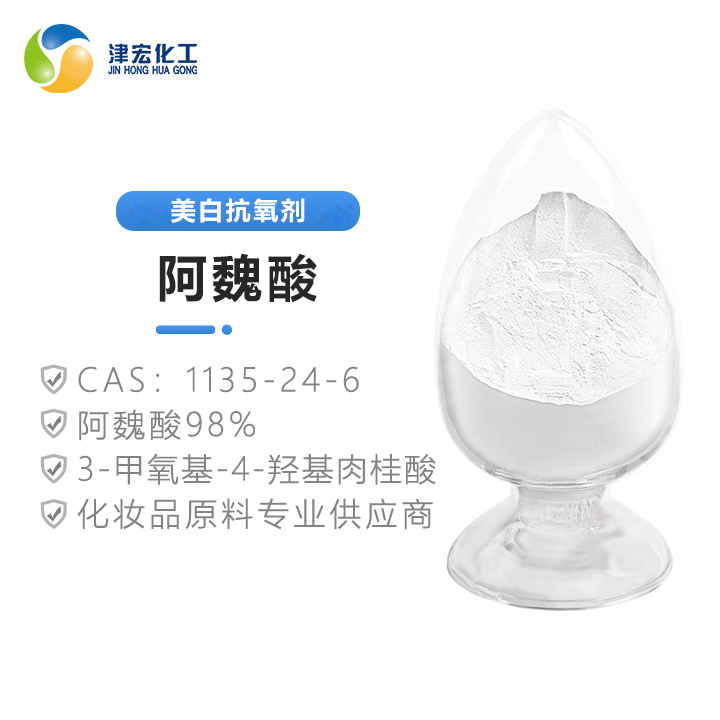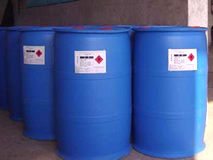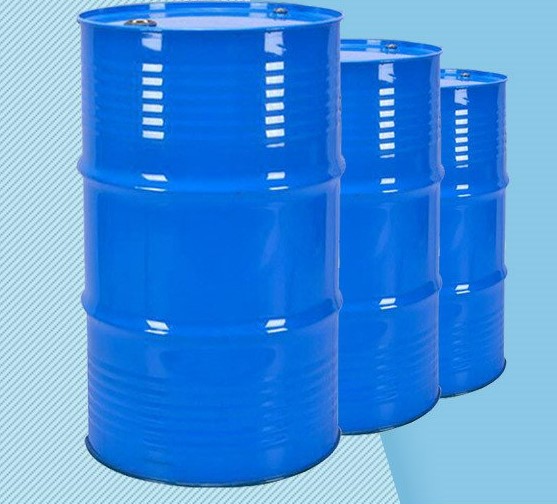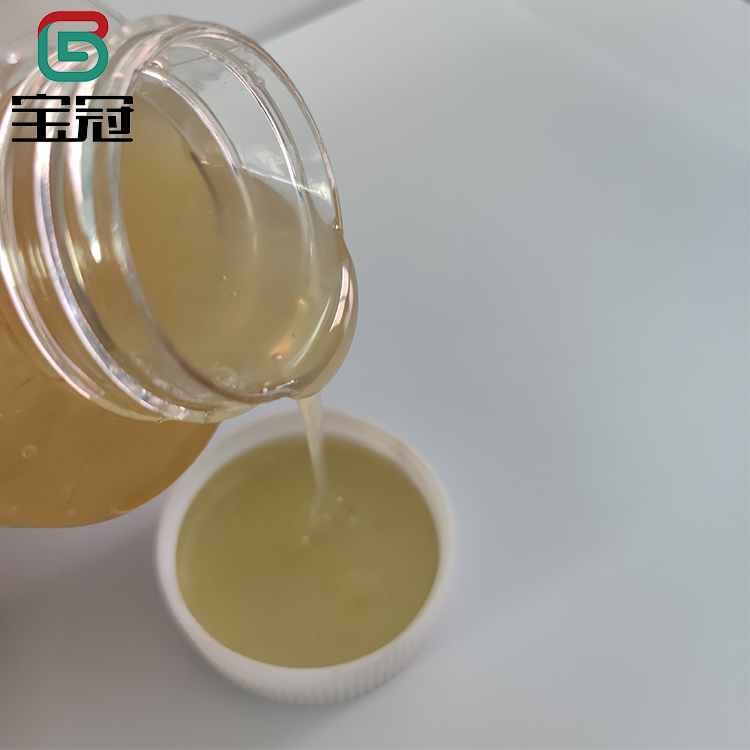Cosmetics
Find
703
related chemicals for you
CAS:108-88-3
Molecular Formula:C7H8
Alias
More Information
Methylbenzol; Toluen; Anisen; Phenylmethane; Bnh; Methacide; Meph; Phme; Benzene, Methyl-; Toluol; Methylbenzene; Petroleum Toluene; Tolueno; Toulol; Tolue; Tolueo; _|_; Benzene Derivative
Brief Introduction
Toluene is a clear, colorless liquid with a distinctive smell. Toluene occurs naturally in crude oil and in the tolu tree. It is also produced in the process of making gasoline and other fuels from crude oil and making coke from coal.Toluene is used in making paints, paint thinners, fingernail polish, lacquers, adhesives, and rubber and in some printing and leather tanning processes.
Suppliers
View More Vendors (3) >
Ct Groups
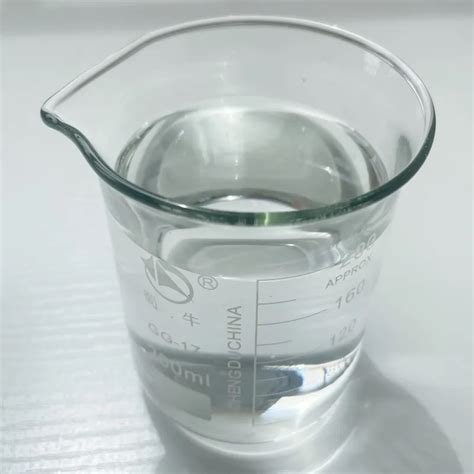
Boiling point: 110.6 °C (1013 hPa); Density: 0.87 g/cm3 (20 °C); Explosion limit: 1.2 - 7.1 %(V); Flash point: 4.4 °C; Ignition temperature: 535 °C; Melting Point: -95 - -93 °C
/
Tech Grade
CAS:109-52-4
Molecular Formula:C5H10O2
Alias
More Information
Pentanoic acid; Valerenic Acid; Velaric Acid; Valerian Root Extract; N-Pentanoic Acid; Valerianic Acid; Propylacetic Acid; 1-Butanecarboxylic Acid; Butanecarboxylic Acid; N-Valeric Acid
Brief Introduction
[plant source] rhizome and root of Valeriana officinalis L.Valeric acid is a straight-chain saturated fatty acid containing five carbon atoms. It has a role as a plant metabolite. It is a short-chain fatty acid and a straight-chain saturated fatty acid. It is a conjugate acid of a valerate.
Suppliers
View More Vendors (3) >
CAS:112-92-5
Molecular Formula:C18H38O
Alias
More Information
1-Octadecanol; Octadecan-1-Ol; Octadecyl Alcohol; 1-Hydroxyoctadecane
Brief Introduction
This product is often used to make surfactants, drugs and cosmetics. It is used as dispersant in pharmacy, cream and emulsifier in cosmetics. It is also used as rice field heat preservation agent, reservoir covering agent, defoamer, polishing agent, lubricant, etc. Octadecyl alcohol can be used in the production of leveling, resin and synthetic rubber, color film couplers, etc.
Suppliers
View More Vendors (3) >
CAS:1135-24-6
Molecular Formula:C10H10O4
Alias
More Information
Fumalic Acid; 4-Hydroxy-3-Methoxy-Cinnamic Acid; 4-Hydroxy-3-Methoxycinnamic Acid; Conifericacid; Forulic Acid; Ferulaic Acid; 3-(4-Hydroxy-3-Methoxyphenyl)-2-Propenoic Acid; Akos Bbs-00006472; 3-Methoxy-4-Hydroxycinnamic Acid; 3-(4-Hydroxy-3-Methoxyphenyl)Acrylic Acid
Brief Introduction
Ferulic acid is a phenolic acid extracted from the resin of ferulic acid. Ferulic acid is a perennial herb of Umbelliferae with strong garlic odor. It grows in sandy areas and is mainly produced in Xinjiang. Ferulic acid is a common aromatic acid in plant kingdom. It is a component of cork. It rarely exists in free state in plants. It mainly forms binding state with oligosaccharides, polyamines, lipids and polysaccharides. It has many health functions, such as scavenging free radicals, antithrombotic, antibacterial and anti-inflammatory, inhibiting tumor, preventing hypertension, heart disease, enhancing sperm motility and so on. Ferulic acid is low toxicity, easy to metabolize for human body, can be used as food preservative, and has a wide range of uses in food, medicine and other aspects.
Suppliers
View More Vendors (3) >
<Invalid Value>
INN
/
-
CAS:1338-43-8
Molecular Formula:C24H44O6
Alias
More Information
Sorbitane Monooleate,Sorbitan Oleate; Ionets80; Span 80; O250; Montan80; Mo33F; Ml33F; Ml55F; Glycomulo; (Sorbitan Monooleate); (R)-1-((2S,3R,4S)-3,4-Dihydroxytetrahydrofuran-2-Yl)-2-Hydroxyethyl Oleate; Armotanmo; Oleic Acid Compound With (2R,3R,4S)-2-((R)-1,2-Dihydroxyethyl)Tetrahydrofuran-3,4-Diol; Sorgen40; Sorbitan Oleate; Emsorb2500; Emulsifiers80; Sorbons80; Arlacel 80; Emulsifier S-80
Brief Introduction
This product is used as emulsifier, stabilizer, thickener and wetting agent in medicine, cosmetics and textile industry, dispersant in paint industry and emulsifier in oil field.
Suppliers
View More Vendors (3) >
Inquiry (
10
/ 10
)
Clear All
You can inquire for up to 10 products at a time
Sign In
Error!

